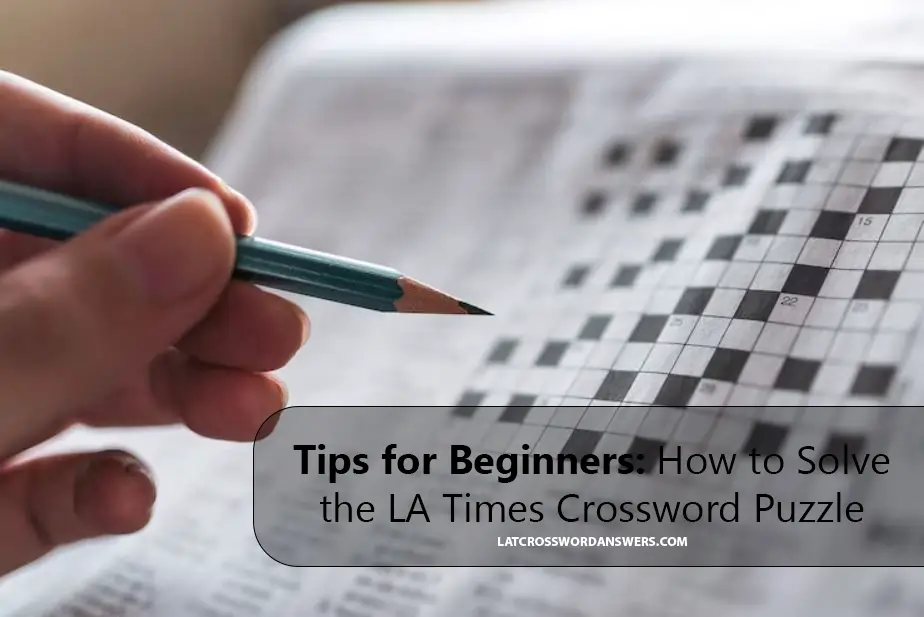

If you've ever been curious about diving into the world of crossword puzzles, the LA Times Crossword Puzzle is a great place to start. Like any good puzzle, it challenges your problem-solving skills and broadens your knowledge base, all while providing a fun and rewarding pastime. However, it can also be a bit daunting for beginners. With a little practice and a few tips, you'll soon be on your way to becoming a seasoned solver.
Crossword puzzles have a specific structure. Each puzzle consists of a grid filled with numbered squares and clues corresponding to the horizontal (across) and vertical (down) words. The LA Times Crossword, like most American-style crosswords, has a symmetrical grid, meaning if you rotate the grid 180 degrees, the pattern of black and white squares remains the same. Familiarizing yourself with this structure can help you understand where to expect longer and shorter words.
LA Times Crossword Puzzles are designed to increase in difficulty as the week progresses, with Monday's puzzles being the easiest and Sunday's the hardest. As a beginner, start with Monday puzzles and work your way through the week as your confidence and skill level increase.
Start by reading through all the clues to get a sense of what you're up against. By doing this, you might find a few answers you're confident in right off the bat. Fill in these easy ones first, they'll give you a helpful start.
Short answers (three to five letters) and fill-in-the-blank clues are usually more straightforward to solve than others. Focus on these first to build a foundation for more difficult clues.
Crossword puzzles often involve a lot of wordplay. Puns, homonyms, and abbreviations are all fair game. When you read a clue, try to think of multiple meanings, not just the most obvious one. If a clue seems particularly tricky, it might be a play on words.
The clue and the answer always agree in terms of tense, number, and degree. For example, if the clue is in past tense, the answer will be as well. If the clue hints towards a plural, the answer will be a plural. The same applies to the degree of formality or slang.
This is a practical tip for beginners. Mistakes happen, and it's easier to erase a wrong answer than to scribble it out. Also, having the freedom to guess and make mistakes is part of the learning process.
The beauty of a crossword puzzle is that every answer is confirmed by letters from intersecting words. If you're stuck on a clue, try solving some of the crossing clues to get letters that can hint at the word you're struggling with.
Certain words appear more frequently in crossword puzzles due to their letter combinations. Words like 'era', 'ale', 'ore', 'tee', and 'ape' are common. Recognizing these words can help you solve clues more quickly.
Patience and persistence are key. The more puzzles you attempt, the better you'll get. Consistently solving crosswords will not only increase your word knowledge and problem-solving skills but also make you familiar with the constructor’s style, common clue patterns